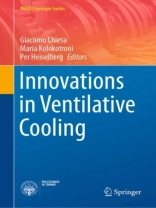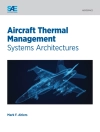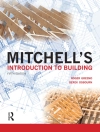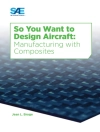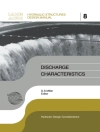This book includes the most recent outcomes from research and professional practice in the ventilative cooling field, gathered by the selected panel of authors. It provides essential contents to face and reduce the rise of space cooling and ventilation energy uses in buildings by alternative ventilation and cooling solutions. The book is organised into three parts which include a detailed description of ventilative cooling boundaries and implications (working principles, KPIs, standards, comfort models, control techniques) and of principal techniques (night ventilation, controlled natural ventilation, hybrid solutions, PCM and mass activation, evaporative cooling, earth-to-air heat exchangers) along with an updated analysis of the background to the topic. Furthermore, the last part of the book defines a unique practical and theoretical framework to include ventilative cooling solutions in different building typologies along with their principal implications.
Tabla de materias
Innovations in Ventilative Cooling: an Introduction.- Ventilative cooling principles, potential and barriers.- Ventilative cooling and comfort models.- Ventilative cooling in standards and regulations.- Ventilative cooling and air pollutants.- Ventilative cooling and control systems.- Ventilative cooling in combination with passive cooling: thermal masses and Phase-Change Materials (PCM).- Ventilative cooling in combination with other natural cooling solutions: Direct Evaporative Cooling systems (DEC).- Ventilative cooling in combination with other natural cooling solutions: Earth-to-Air Heat Exchangers (EAHX).- Ventilative cooling and vertical vegetation.- Ventilative cooling in residential buildings.- Ventilative cooling in tertiary buildings: a school demo-case and parametric analyses under Swiss climate conditions (Central Europe).- Ventilative cooling in historical building renovation.
